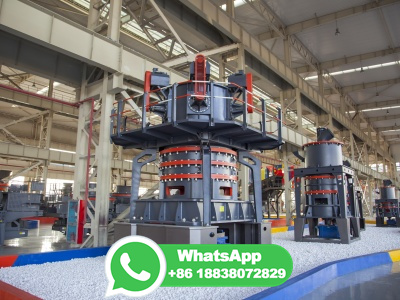Limestone FGD New Technology
The project of two public a desulfurization unit limestone pulping system, limestone slurry to set two wet ball mill system, each wet ball mill output 75 percent by means of two FGD slurry amount required to consider, after grinding limestone product size ≤ (250 mesh, by 90%). Limestone silo capacity by two boilers run three days (24 ...

































